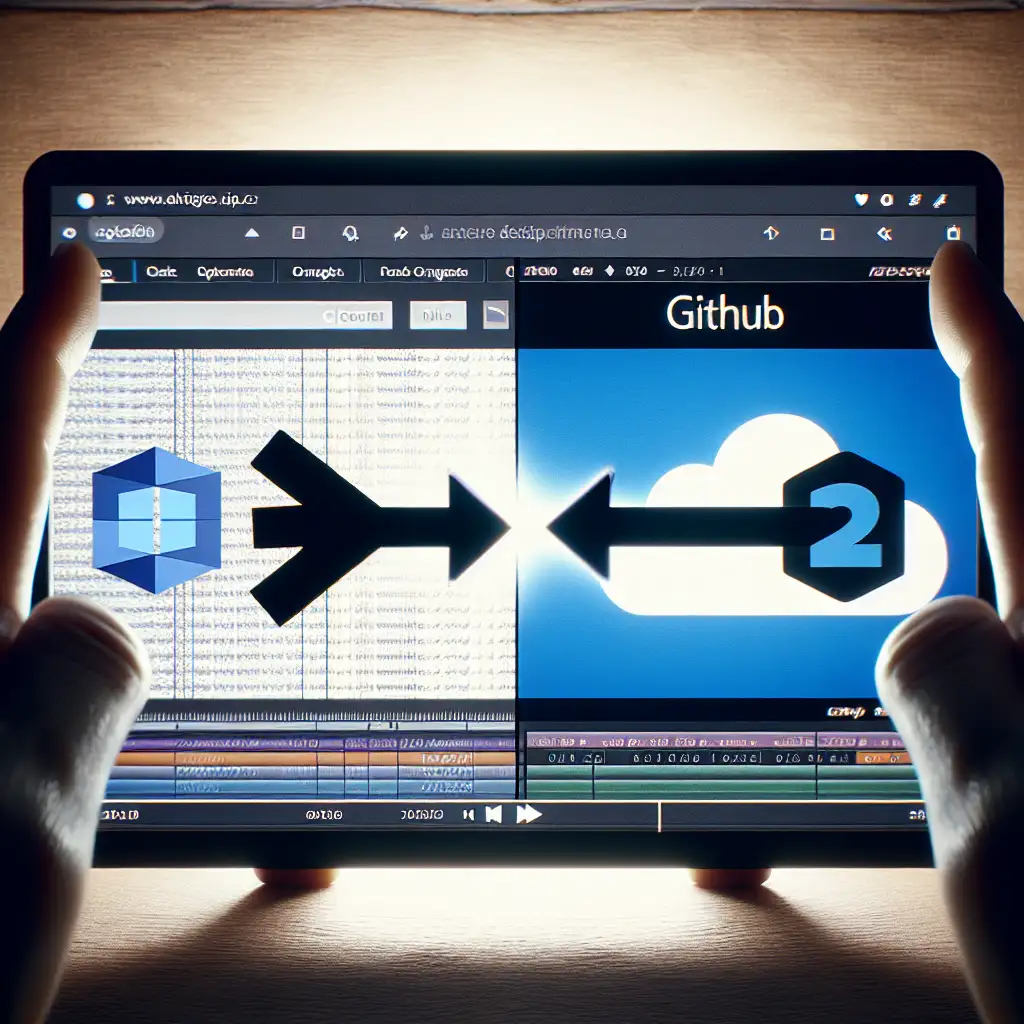Seamless Migration: Transitioning Azure DevOps Pipelines to GitHub Actions—Maintaining Agility at Scale
Moving pipelines from Azure DevOps to GitHub Actions often surfaces during ecosystem consolidation, compliance, or when aiming for deeper integration with modern developer workflows. The goal: replicate, then enhance existing automation—without introducing friction or delay in delivery. Disruption is not inevitable.
Where Azure Pipelines and GitHub Actions Diverge
| Feature Area | Azure Pipelines | GitHub Actions |
|---|---|---|
| Task Library | Pre-built Microsoft tasks (DotNetCoreCLI) | Extensive open-action marketplace, shell native |
| Pipeline YAML | azure-pipelines.yml | .github/workflows/*.yml |
| Secrets Management | Library, variable groups | Encrypted secrets per-repo/org |
| Work Reuse | Templates, shared YAML | Reusable workflows, composite actions |
| Approvals | Environment gates, classic approvals | Environments with reviewers, PR checks |
1. Audit Existing Azure Pipelines
Inventory is non-negotiable. Start by exporting pipeline YAMLs (both build and release if using classic). Key information:
- Triggers: Are builds scheduled (
cron), on push, or PR only? - Tasks: Identify both standardized (e.g.,
DotNetCoreCLI@2) and custom scripts. - Environments and Approvals: Note any manual interventions, agent pools, and artifact publish points.
- Secrets/Variables: Document references to groups, key vault, or pipeline variables.
Typical snippet:
trigger:
branches:
include:
- main
pool:
vmImage: 'ubuntu-22.04'
steps:
- script: |
echo "Compiling solution"
- task: DotNetCoreCLI@2
inputs:
command: 'build'
projects: '**/*.csproj'
Gotcha: Not all Azure tasks have a one-to-one match in GitHub Actions. Some (e.g., SonarCloud integration) may require different configuration or marketplace actions.
2. Establish Baseline Workflow in GitHub Actions
Build a minimal equivalent using .github/workflows/ci.yml. Always add explicit checkout—unlike Azure, GitHub workflow doesn’t provide source by default.
name: Build
on:
push:
branches:
- main
jobs:
build:
runs-on: ubuntu-22.04
steps:
- uses: actions/checkout@v3
- name: Build .NET
run: dotnet build "**/*.csproj"
Note: Error handling changes—GitHub steps fail the job unless continued via continue-on-error: true, unlike Azure which may have more granular controls.
- Azure’s
DotNetCoreCLI@2maps to native shell commands in Actions. - Logs differ in verbosity. GitHub can stream output but masks secrets aggressively, which sometimes obscures debug info.
3. Port and Refactor Secrets Handling
Azure’s variable groups need flattening: each secret moves to GitHub repository or org-level secrets. For complex orgs, automate with gh CLI.
Access in workflow:
env:
CONNECTION_STRING: ${{ secrets.SQL_CONN }}
steps:
- name: Check connection
run: |
echo "$CONNECTION_STRING"
Known Issue: Secret masking in logs. Any echo of long multiline secrets tends to be replaced mid-line—leads to confusion. Use base64 encoding for binary blobs, decode in step.
4. Standardize Via Reusable Workflows or Composite Actions
Avoid copy-pasta by centralizing repeated job patterns.
build-dotnet.yml workflow (called by others):
name: DotNet Build
on:
workflow_call:
inputs:
buildArgs:
required: false
type: string
jobs:
build:
runs-on: ubuntu-22.04
steps:
- uses: actions/checkout@v3
- run: dotnet build ${{ inputs.buildArgs }}
Caller:
jobs:
build:
uses: ./.github/workflows/build-dotnet.yml
with:
buildArgs: '--configuration Release'
Practical tip: Internal reusable workflows are still in growth phase—distribute as public actions if you need genuine cross-repo reuse.
5. Implement PR Triggers and Gates
Actions natively links workflow checks to pull requests—status appears in the GitHub UI. Sample configuration:
on:
pull_request:
branches:
- main
jobs:
validate:
runs-on: ubuntu-22.04
steps:
- uses: actions/checkout@v3
- run: dotnet test --verbosity normal
Environment protection: Add required reviewers for environments:
-
Under Settings → Environments → production, set reviewers.
-
Reference in workflow:
jobs: deploy: runs-on: ubuntu-22.04 environment: name: production url: https://prod.example.com steps: - run: ./deploy.sh
Job execution will pause until reviewers approve on the UI. Delays are possible if notification settings aren’t tuned, so warn teams in advance.
6. Optimize With Matrix Builds
Matrix jobs can parallelize test/release on OS and language matrixes. Immediate benefit: cut down CI time if, for example, supporting both Windows and Ubuntu.
jobs:
matrix-test:
runs-on: ${{ matrix.os }}
strategy:
matrix:
os: [ubuntu-22.04, windows-2022]
dotnet-version: ['6.0.x', '7.0.x']
steps:
- uses: actions/checkout@v3
- name: Setup .NET
uses: actions/setup-dotnet@v3
with:
dotnet-version: ${{ matrix.dotnet-version }}
- run: dotnet test --no-build
Side Effect: Cost—matrix runs use parallel runners. On public repos, free minutes go quickly. For complex matrices, split to only the most relevant axes.
Cutting Corners: What Breaks and What Doesn't
- Artifacts:
publishin Azure isactions/upload-artifactin GitHub. Retention policy is stricter—default is 90 days unless configured. - Classic release pipelines: Require re-architecting—no direct migration path.
- Multi-repo triggers: In GitHub, supported only with repository dispatch, which isn’t as seamless as Azure’s cross-pipeline triggering.
- Self-hosted agents: Reusable; both platforms support self-hosting, but setup scripts and registration differ.
Closing Observations
Treat migration as an exercise in process improvement, not just translation. Dev workflow will change—sometimes subtly (how secrets are surfaced), sometimes radically (transition to workflow-centric gates, decoupled deploy logic).
Best results come from incremental refactoring:
- Migrate a single small project, smoke-test workflows, and gather error logs.
- Document permission model changes—GitHub's token scoping and fork PR behaviors often surprise teams.
- Invest early in reusable actions or workflow libraries if you anticipate scaling.
Not all functionality travels cleanly, but new GitHub-native features (job dependencies, step outputs, richer artifact actions) often offset migration overhead. Legacy pipelines lingering in Azure? Sometimes best to sunset rather than port.
Resources
- GitHub Actions Documentation
- Reusable Workflows
- GitHub Environment Protection
- Azure Pipelines to GitHub Actions Comparison
(Engineered by [Your Name], DevOps Lead—Azure/GitHub Migrations Team)
